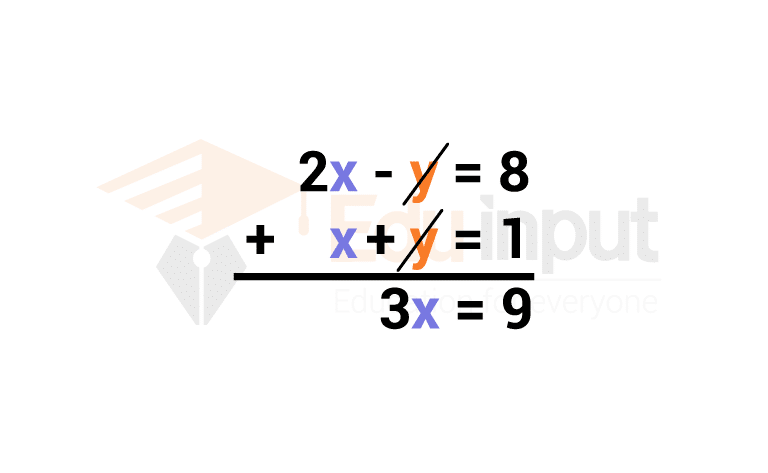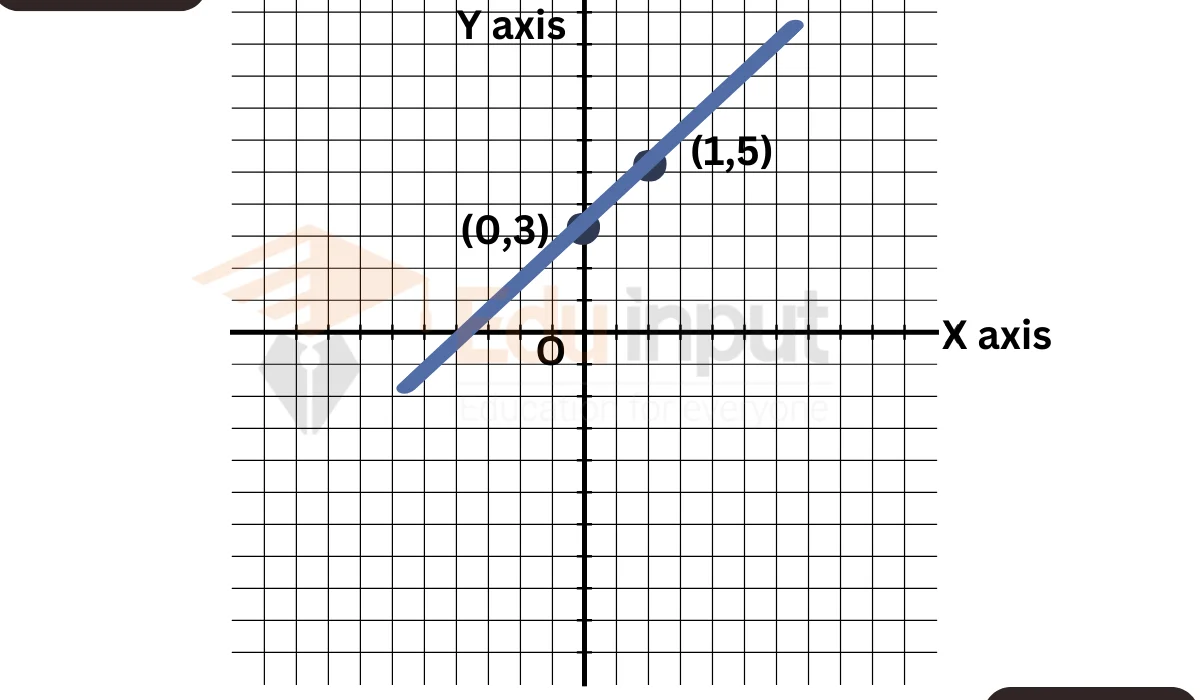Algebraic Formulas
In algebra, a formula is an equation that shows the relationship between different variables. Variables represent unknown values that can change, while formulas show how those values are related mathematically. Formulas are important in algebra because they allow us to solve for an unknown variable by plugging in values we know for the other variables.
In thus article, we will discuss list of algebraic formulas.
/

Formulas in Algebra
Here is a list of important algebraic formulas:
- Difference of Squares: a² – b² = (a – b)(a + b)
- Square of a Binomial (Sum): (a + b)² = a² + 2ab + b²
- Sum of Squares: a² + b² = (a + b)² – 2ab
- Square of a Binomial (Difference): (a – b)² = a² – 2ab + b²
- Square of a Trinomial (Sum): (a + b + c)² = a² + b² + c² + 2ab + 2bc + 2ca
- Square of a Trinomial (Difference): (a – b – c)² = a² + b² + c² – 2ab – 2bc – 2ca
- Cube of a Binomial (Sum): (a + b)³ = a³ + 3a²b + 3ab² + b³ ; (a + b)³ = a³ + b³ + 3ab(a + b)
- Cube of a Binomial (Difference): (a – b)³ = a³ – 3a²b + 3ab² – b³ = a³ – b³ – 3ab(a – b)
- Difference of Cubes: a³ – b³ = (a – b)(a² + ab + b²)
- Sum of Cubes: a³ + b³ = (a + b)(a² – ab + b²)
- Fourth Power of a Binomial (Sum): (a + b)⁴ = a⁴ + 4a³b + 6a²b² + 4ab³ + b⁴
- Fourth Power of a Binomial (Difference): (a – b)⁴ = a⁴ – 4a³b + 6a²b² – 4ab³ + b⁴
- Difference of Fourth Powers: a⁴ – b⁴ = (a – b)(a + b)(a² + b²)
- Fifth Power Difference: a⁵ – b⁵ = (a – b)(a⁴ + a³b + a²b² + ab³ + b⁴)
- General Formula for Powers with Natural Numbers: an – bn = (a – b)(aⁿ⁻¹ + aⁿ⁻²b + … + abⁿ⁻² + bⁿ⁻¹)
- Sum and Difference of Even Powers: For even ‘n,’ an + bn = (a + b)(aⁿ⁻¹ – aⁿ⁻²b + … – abⁿ⁻² – bⁿ⁻¹)
- Sum and Difference of Odd Powers: For odd ‘n,’ an+bn = (a + b)(aⁿ⁻¹ – aⁿ⁻²b + aⁿ⁻³b² – … – abⁿ⁻² – bⁿ⁻¹)
- Sum of Squares of Multiple Numbers: (a + b + c + …)² = a² + b² + c² + … + 2(ab + ac + bc + …)
- Laws of Exponents: (am)(an) = am+n ; (ab)m = ambm ; (am)n =amn
- Zero Exponent Rule: a⁰ = 1
- Roots of Quadratic Equation: For ax² + bx + c = 0 (where ‘a’ ≠ 0), the roots are given by:
- Discriminant (Δ) = b² – 4ac
- For real and distinct roots, Δ > 0
- For real and coincident roots, Δ = 0
- For non-real roots, Δ < 0
- Sum of roots: α + β = -b/a
- Product of roots: α × β = c/a
- Quadratic equation in terms of roots: (x – α)(x – β) = 0
- Factorials: n! = 1 * 2 * 3 * … * (n – 1) * n ; 0! = 1
These formulas are essential in algebra and are frequently used to simplify expressions, solve equations, and understand mathematical relationships.
FAQs
What’s the difference between an algebraic formula and an equation?
An algebraic formula describes a relationship, while an equation is a statement of equality. Formulas are used for calculations, and equations are used to find the values that make both sides equal.
Why is division by zero not allowed in algebra?
Division by zero is undefined in algebra because it leads to inconsistencies and doesn’t make mathematical sense. It’s essential to avoid division by zero to maintain the integrity of mathematical operations.
How do I know when I can divide algebraic terms?
You can divide terms when the denominator divides evenly into the numerator. This means the numerator must be divisible by the denominator without leaving a remainder






Leave a Reply